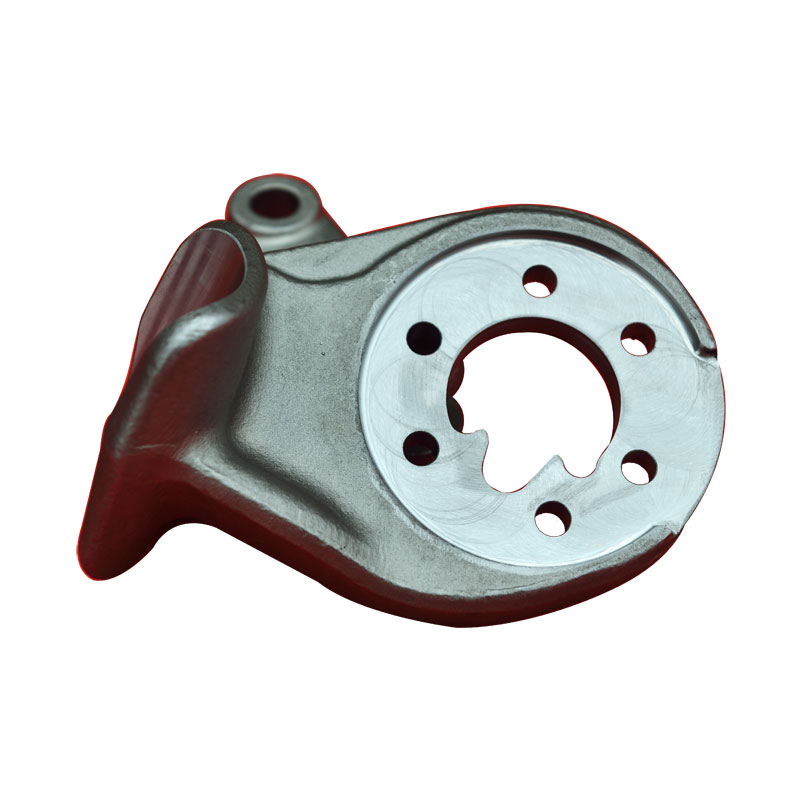What should be done if there is a defect in the forging?
2023-07-12
Sometimes, it will be found that the processed forgings have a variety of defects, once the defects affect the use or even can not be used, as a ring forgings manufacturer, today I will tell you about the five reasons for the defects of forgings.
1. Fish scale marks appear on the surface. When the forging is not processed, it will be seen that its surface is rough, there are similar fish scale scars, and when the die forging is made of austenitic or martensitic stainless steel, it will be found that this is very easy to occur.
In fact, this is because the lubrication is not uniform enough, resulting in local mucous membranes, or because of the quality of the lubricant, improper selection and other reasons.
2. Error defect. On the die forging part, one of its upper half and its lower half are misaligned along the parting surface.
On the forging die, if there is no good balance of the misaligned lock, or the right position is not installed during the die forging installation, or the gap between the hammer head and the guide rail is too large.
3. Insufficient die forging. When manufacturing, the size of the distance between the die forging and the parting surface in the vertical direction increases, and it is beyond the size specified in the drawing, there will be insufficient die forging, causing defects.
In addition to the size is too large, the temperature during forging is too low, or the wear of the die is too large, and so on can cause underpressure.
4. Local filling is insufficient. This situation is generally the die forging of its bar and convex blind corner in some positions, above the upper filling part of the forging, it may also be due to insufficient edge filling led to the outline of the forging is not clear enough.
In the design of the pre-forging die, as well as the design of the blank die, there are unreasonable, and the tonnage of the equipment is too small, and the blank heating is not enough can cause such defects.
5. Casting tissue remains. This is because there is residual casting tissue, for forgings, its elongation and its fatigue strength will be unqualified. Therefore, on the low-power specimen, the flow line at the stop position of those residual casting is not obvious, so that you may also see such as dendritic pieces.
1. Fish scale marks appear on the surface. When the forging is not processed, it will be seen that its surface is rough, there are similar fish scale scars, and when the die forging is made of austenitic or martensitic stainless steel, it will be found that this is very easy to occur.
In fact, this is because the lubrication is not uniform enough, resulting in local mucous membranes, or because of the quality of the lubricant, improper selection and other reasons.
2. Error defect. On the die forging part, one of its upper half and its lower half are misaligned along the parting surface.
On the forging die, if there is no good balance of the misaligned lock, or the right position is not installed during the die forging installation, or the gap between the hammer head and the guide rail is too large.
3. Insufficient die forging. When manufacturing, the size of the distance between the die forging and the parting surface in the vertical direction increases, and it is beyond the size specified in the drawing, there will be insufficient die forging, causing defects.
In addition to the size is too large, the temperature during forging is too low, or the wear of the die is too large, and so on can cause underpressure.
4. Local filling is insufficient. This situation is generally the die forging of its bar and convex blind corner in some positions, above the upper filling part of the forging, it may also be due to insufficient edge filling led to the outline of the forging is not clear enough.
In the design of the pre-forging die, as well as the design of the blank die, there are unreasonable, and the tonnage of the equipment is too small, and the blank heating is not enough can cause such defects.
5. Casting tissue remains. This is because there is residual casting tissue, for forgings, its elongation and its fatigue strength will be unqualified. Therefore, on the low-power specimen, the flow line at the stop position of those residual casting is not obvious, so that you may also see such as dendritic pieces.
here is Co housing products produced by tongxin precision forging company

X
We use cookies to offer you a better browsing experience, analyze site traffic and personalize content. By using this site, you agree to our use of cookies.
Privacy Policy



